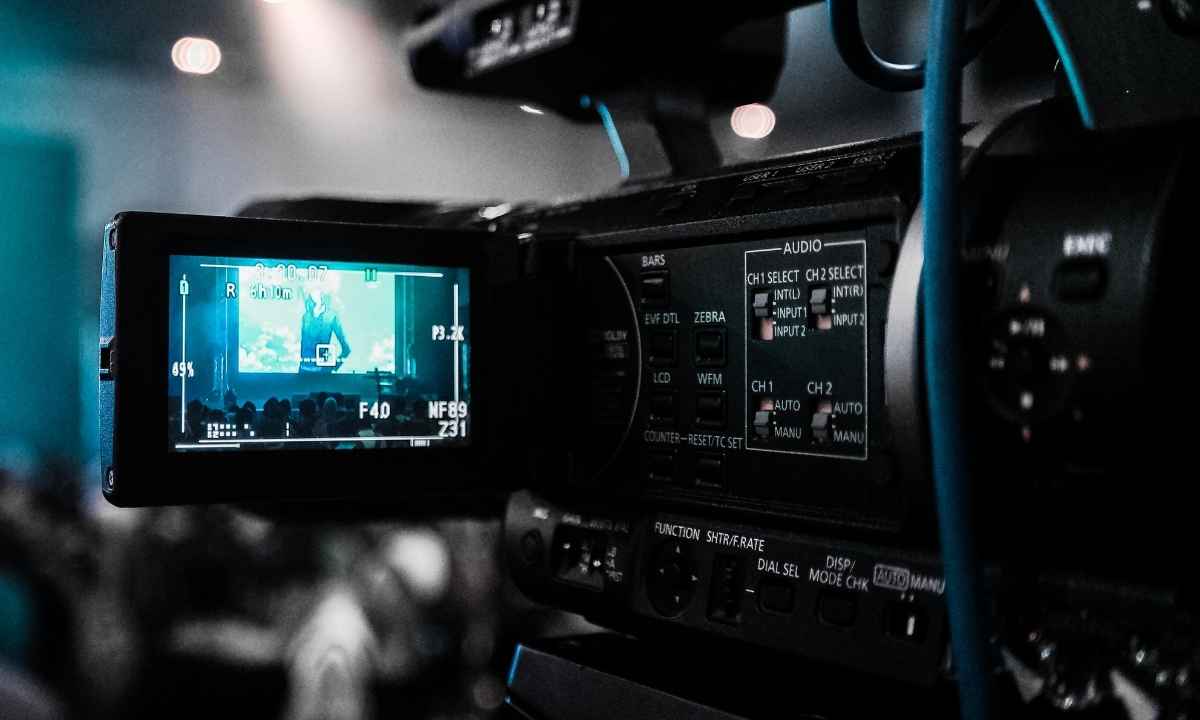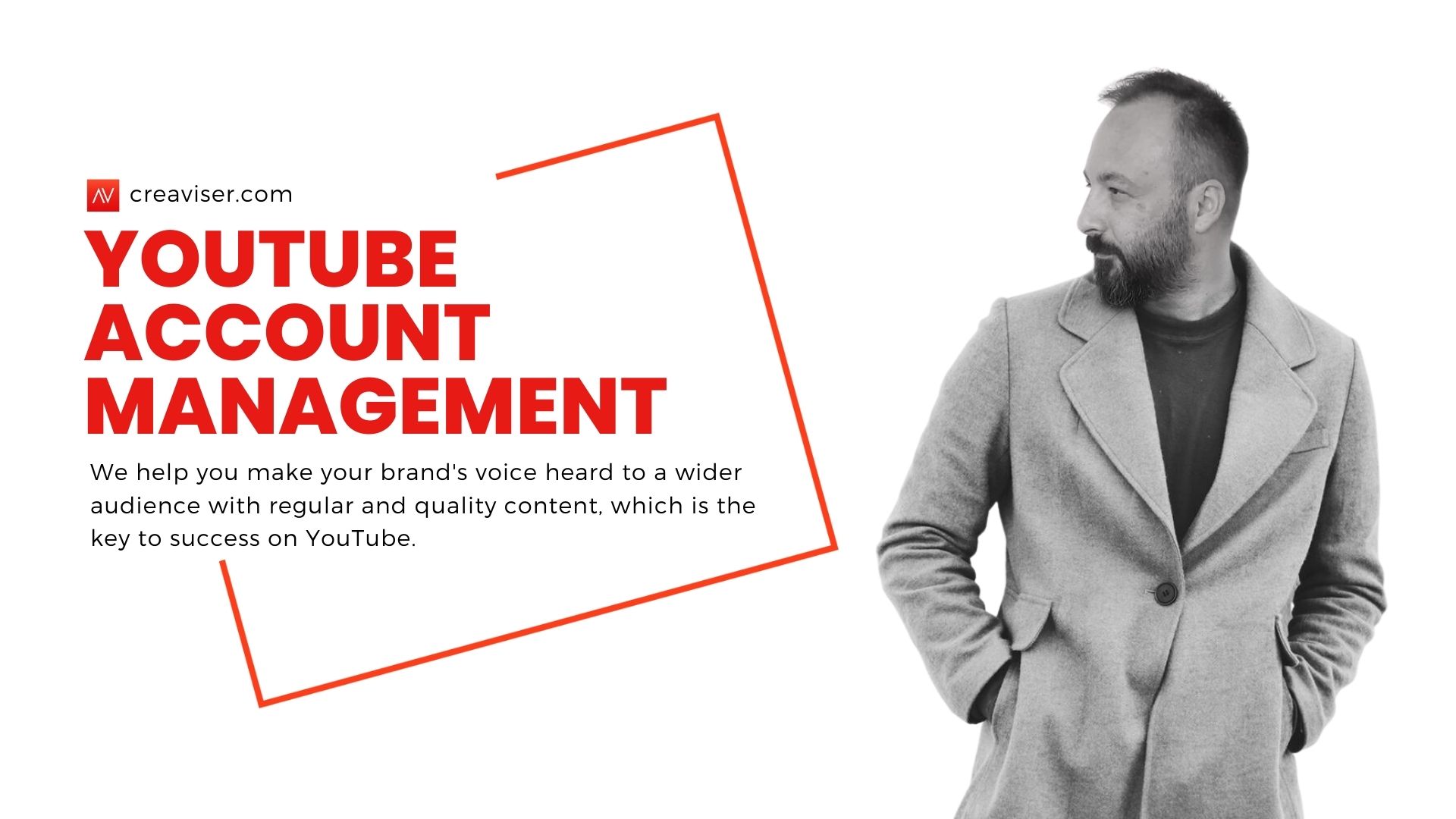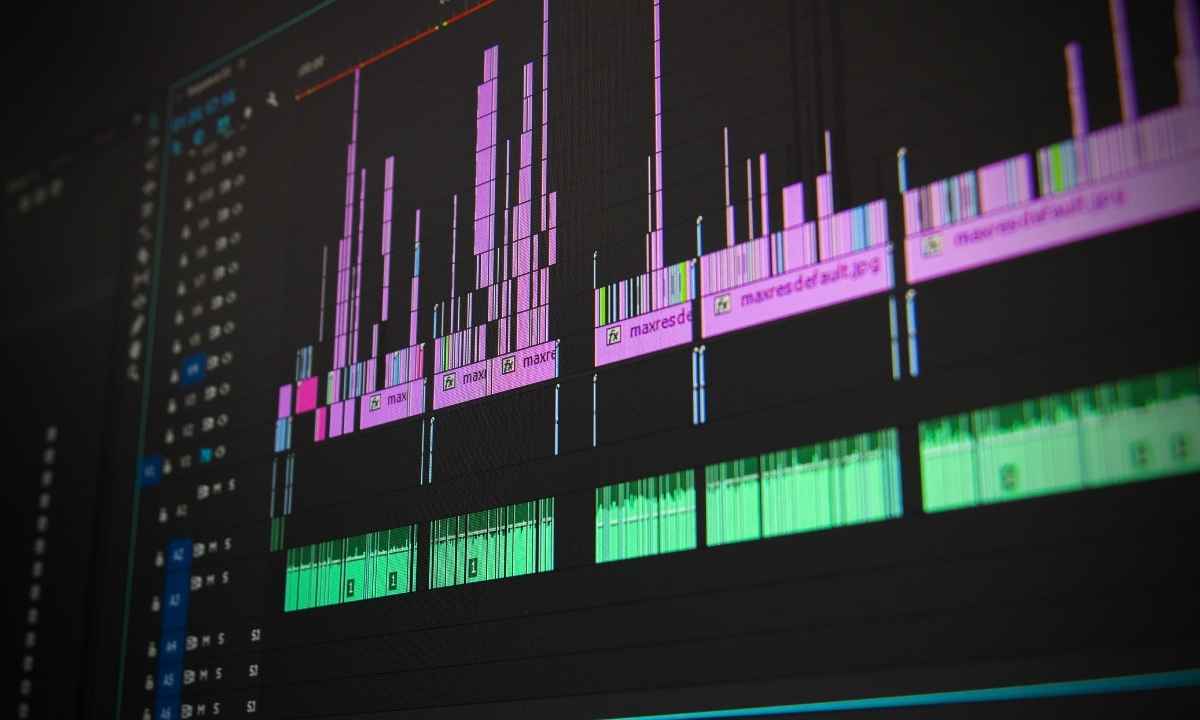The shooting process can be a bit complicated and intense, especially if you’re just getting into video production for the first time. But don’t worry! The shooting process usually goes more smoothly if you’ve completed the planning phase correctly. Let’s take a look at a few tips for arranging the shot set and managing the crew.
Editing the Set
A good set layout is key to making a professional looking video. The arrangement of the set often depends on the needs of the scene to be shot, the location and the equipment to be used. The location of the camera, the lighting scheme and even the decoration of the set determine the overall look and atmosphere of the video.
Lighting Control
Lighting is an important factor that determines the quality of the video. The right lighting makes the video look professional. In addition to using natural light, it may be necessary to add additional light sources. The lighting scheme has a great influence on the tone and atmosphere of the scene to be shot.
Team management
In video shooting, the crew often takes on different roles and duties: director, camera operator, lighting technician, sound engineer, etc. The main goal of team management is to provide the necessary coordination so that each team understands their task and can cooperate effectively.
Technical Preparations
Camera and audio equipment must be set up and adjusted correctly. In this process, attention should be paid to technical details such as the camera’s angle, focal length, shooting speed, and at the same time, it should be ensured that the sound recording devices are working correctly.
Rehearsal
Before shooting, a rehearsal is usually held to make sure the entire crew understands the script and everyone knows their roles and duties. This lets everyone on the set know what to do and helps the shooting process go more smoothly.
Note: Any problems or setbacks you may encounter during the shooting process can usually be resolved with good planning and preparation. The important thing is to always have a plan and be flexible. Now, assuming the shooting process is complete, it’s time to move on to the final stage, the editing stage!
















